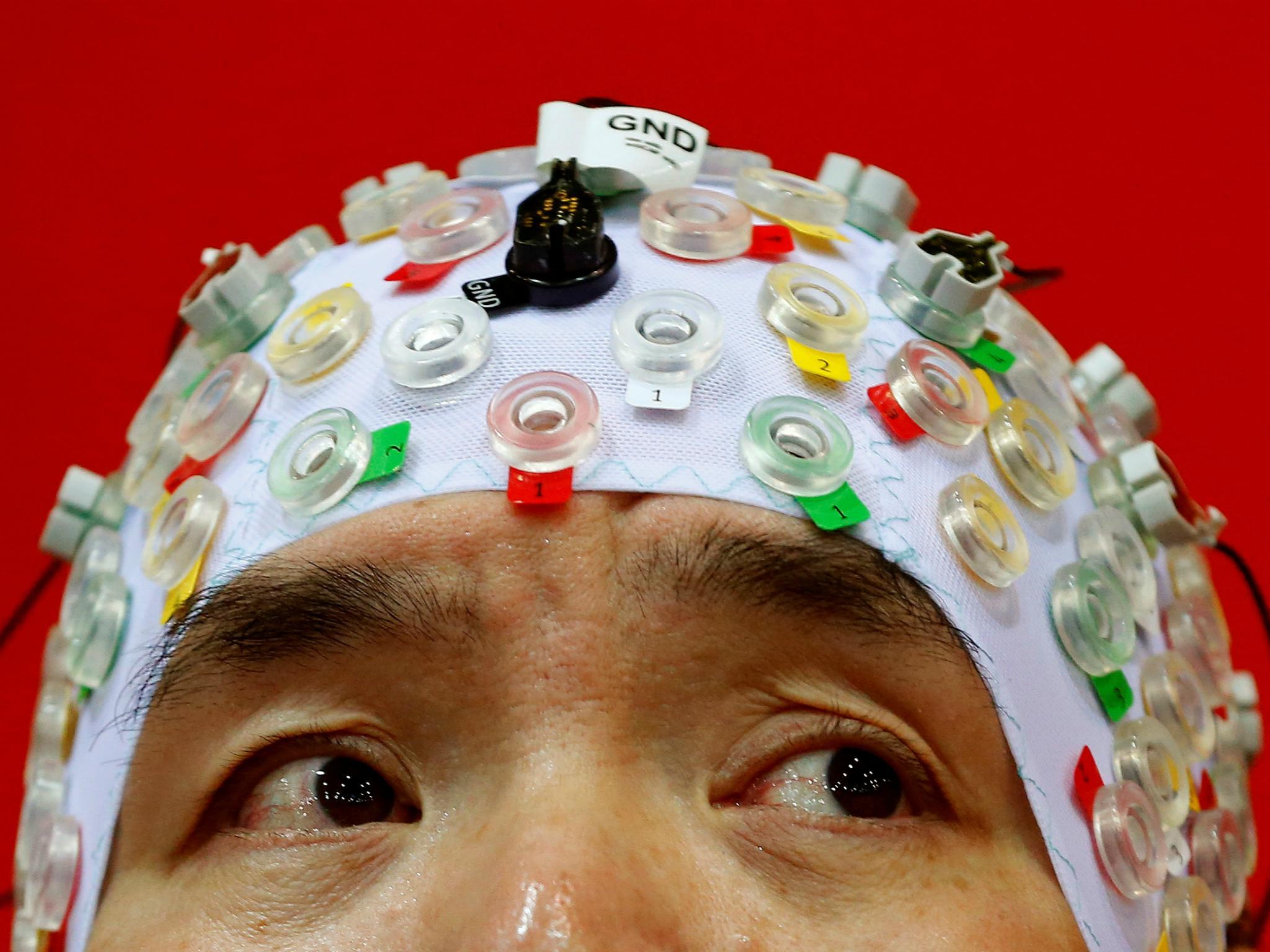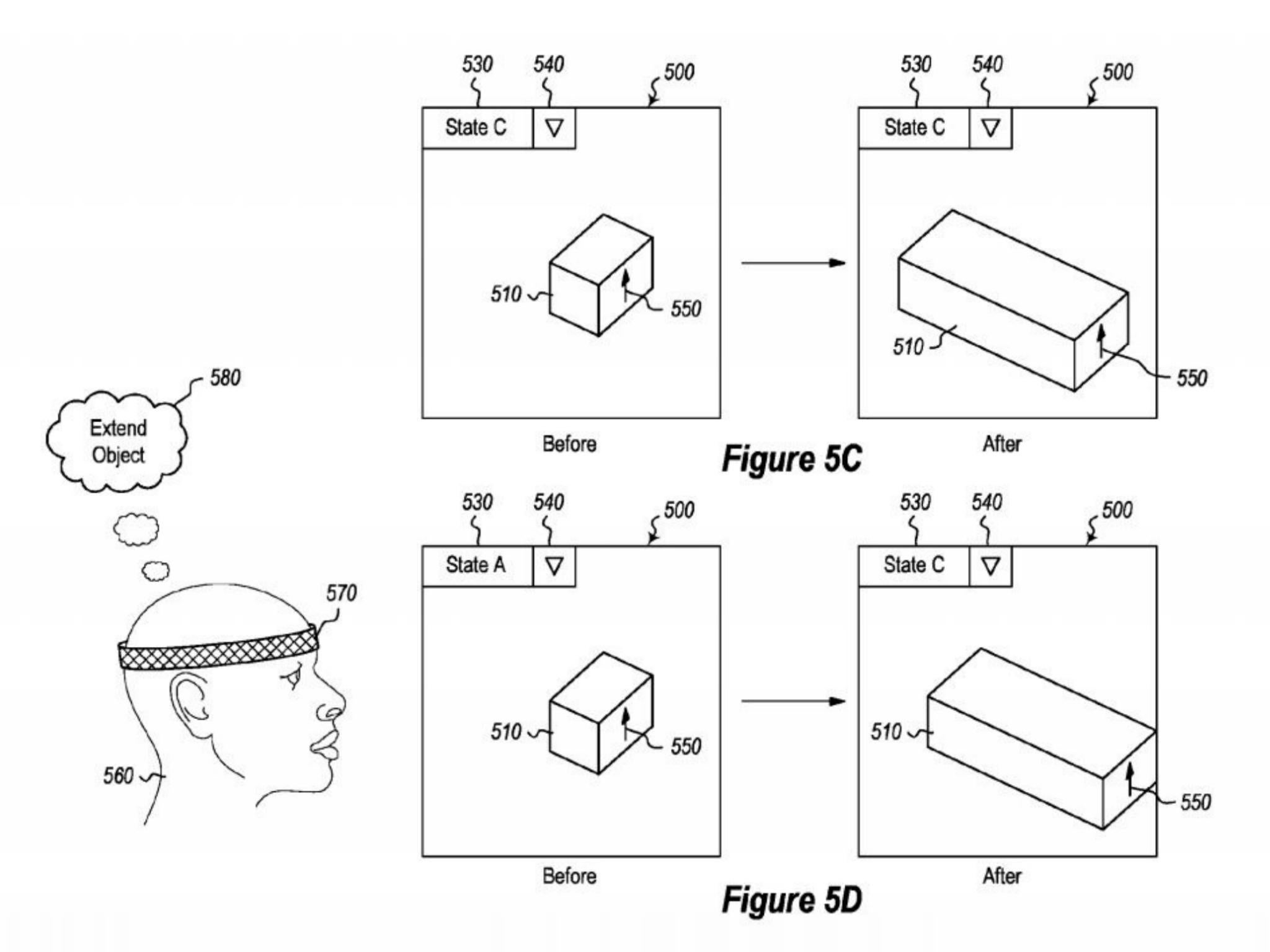Mind-reading headset allowing people to control computers with their thoughts described in Microsoft patent
The document describes a device that would read signals from your brain and act on them

A mind-reading device that could let you control computers and apps with your thoughts has been described in a Microsoft patent application.
The document describes a headset capable of “changing the state of an application by detecting neurological user intent data”.
It would essentially read your thoughts and act on them, carrying out various computer operations for you.
If such a device was actually built and worked as intended, you’d be able to use your computer and favourite apps completely hands-free.
Microsoft says the headset would enable people to play games, interact with VR and AR apps, use word processors and web browsers, and even use apps for “controlling mechanical tools and/or other machinery” using just their thoughts.
The patent application describes the company’s vision as: “Computer systems, methods, and storage media for changing the state of an application by detecting neurological user intent data associated with a particular operation of a particular application state, and changing the application state so as to enable execution of the particular operation as intended by the user.

“The application state is automatically changed to align with the intended operation, as determined by received neurological user intent data, so that the intended operation is performed.”
It adds: “In some circumstances neurological user intention data corresponding to a physical gesture is generated when a user thinks about and/or focuses on a movement in the same way an amputee might think about moving an amputated limb”.
The document doesn’t say exactly what method the headset would use to gather people’s neurological data, but it contains references to electroencephalography (EEG), magnetoencephalography (MEG) and functional magnetic resonance imaging (fMRI), which are all non-invasive techniques for measuring brain activity.
However, it doesn’t rule out the use of “other techniques for gathering context-based neurological data”, which aren’t specified.
“Operations may include object move operations, build operations, edit operations, animation or actuation operations, data input or output operations, display operations, audio operations, character/object movement or control operations, menu operations, navigation operations, processing operations, or other operations performable within the application to modulate input or output, settings, responses (e.g., visual, audio, and/or mechanical responses), and the like,” the patent application, which was submitted in May 2016, explains.
Facebook is also working on mind-reading technologies.
The company wants to make its own system non-invasive, as well as fast enough to enable people to type 100 words a minute just by thinking.
Join our commenting forum
Join thought-provoking conversations, follow other Independent readers and see their replies
Comments
Bookmark popover
Removed from bookmarks